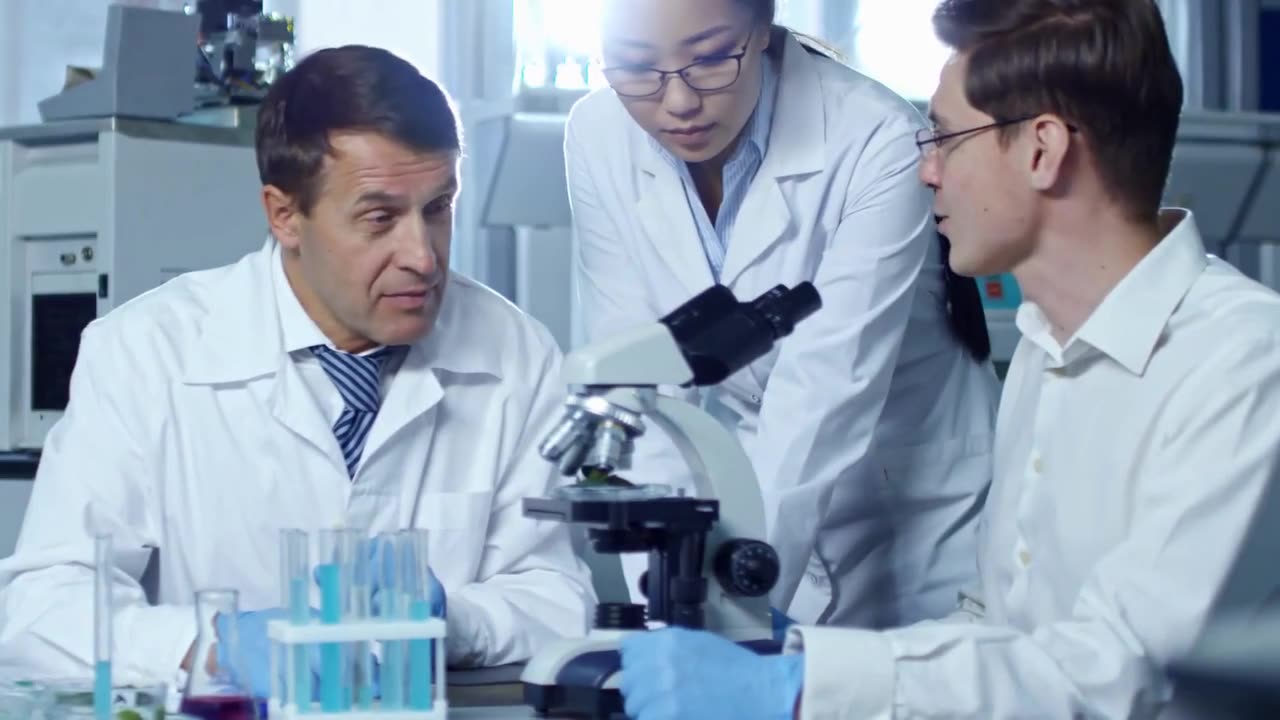Premium Only Content

Breaking Boundaries: Enhancing Catalysis With Co-Cu Alloy Nanoparticles
Scientists have developed Co-Cu alloy nanoparticles that efficiently activated chemical reactions for pollutant degradation, outperforming traditional methods and providing insights into atomic-level interactions in catalysts.
Recent research has focused on the combined effects of atomic clusters (ACs) or nanoparticles (NPs) and single atoms. However, prior studies have typically concentrated on basic interactions between pure NPs and single atoms (SAs), offering a limited perspective. They have not fully explored how modifications to NPs or ACs could enhance the overall activity of the complete metal NPs/ACs@M-N-C entity. Consequently, there is still much to learn about the precise construction and performance enhancement of the entire metal NPs/ACs@M-N-C structure.
In a new study, Co-Cu alloy NPs@Co-N-C (CC@CNC) was constructed using Co/Cu-modified zeolitic imidazolate framework-8 (ZIF-8) as precursor, followed by the pyrolysis and acid etching. The incorporation of Cu-induced formation of Co-Cu alloy NPs, originating from the low Tammann temperature of Cu, which was verified by the negative cohesive energy of Co10Cu3 (−0.06454, intending to aggregation) compared to that of Co13 (+1.690995, intending to dispersion).
-
 2:57:22
2:57:22
Right Side Broadcasting Network
6 hours agoLIVE REPLAY: White House Press Secretary Karoline Leavitt Holds a Press Briefing - 8/19/25
60.3K30 -
 1:03:48
1:03:48
Timcast
3 hours agoGavin Newsom SURGES In Polls, COPIES Trump's Style
122K85 -
 4:37
4:37
Michael Heaver
8 hours agoBusted France Faces UPRISING
9.48K2 -
 10:45
10:45
Dr. Nick Zyrowski
1 day agoDoctors Got It Wrong! This Causes of Obesity - NOT Sugar
16.7K11 -
 1:57:57
1:57:57
The Charlie Kirk Show
2 hours agoSummit Aftermath + America's Energy Revolution + Where Russiagate Will Lead | Wright, Solomon
56.3K13 -
 2:00:15
2:00:15
Steven Crowder
5 hours agoTrump's Huge Meeting Shocks the World & the Media is Dumbfounded
293K216 -
 LIVE
LIVE
Viss
2 hours ago🔴LIVE - How to Consistently Win in PUBG!
97 watching -
 LIVE
LIVE
GloryJean
4 hours agoSniping & Dominating Solos 🖱️ 6.7 K/D
31 watching -
 1:40:15
1:40:15
Nikko Ortiz
4 hours agoLive - Gun Shot And Gun Fails
35.6K6 -
 1:02:10
1:02:10
VINCE
6 hours agoWhat Just Happened At The White House? | Episode 106 - 08/19/25
211K283